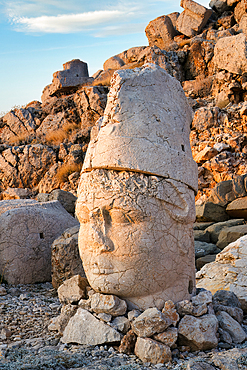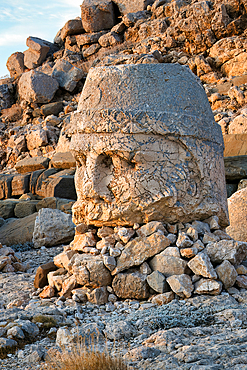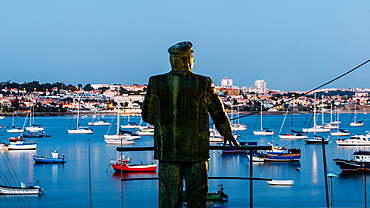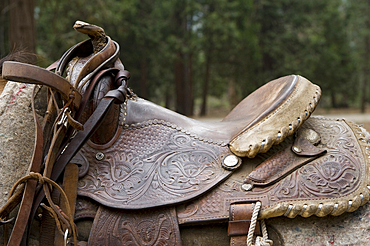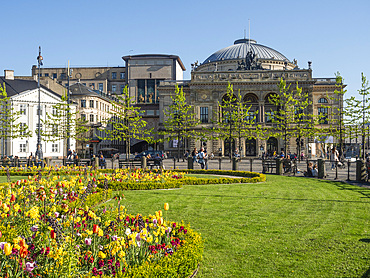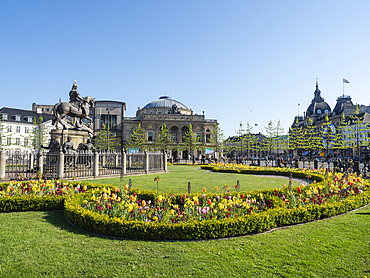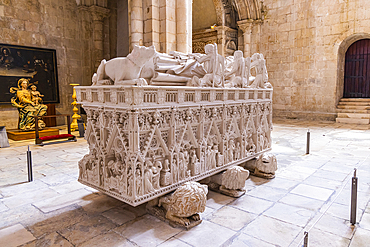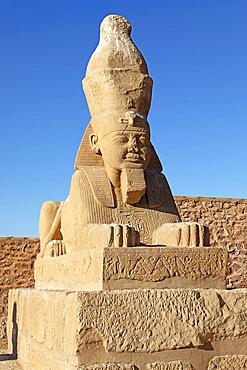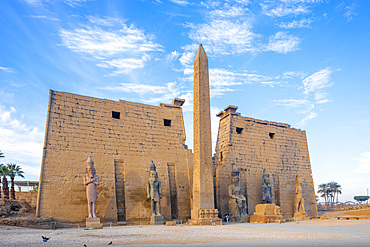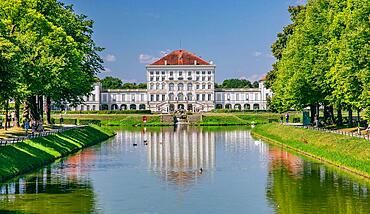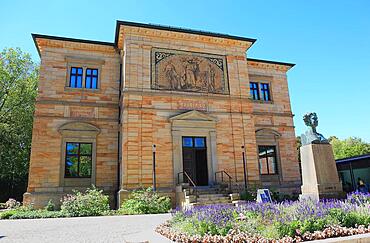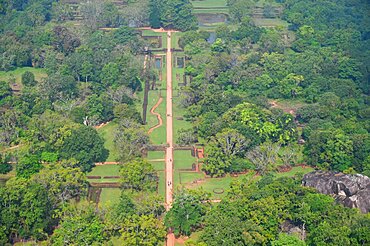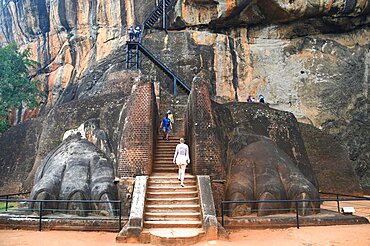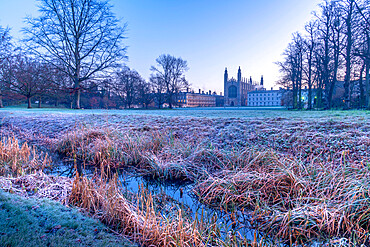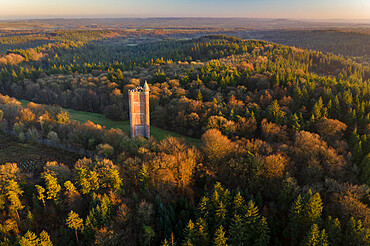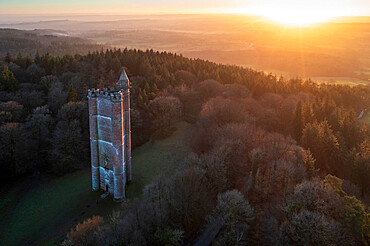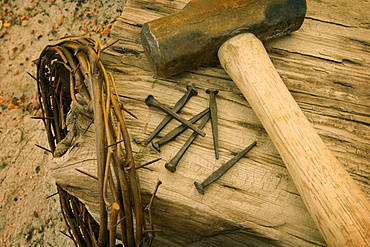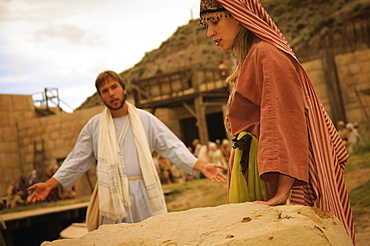Recent searches
Loading...
801-4120 - Image of High Ranking Officials, Tomb of Tutankhamun (King Tut), KV62, Valley of the Kings, Ancient Thebes, UNESCO World Heritage Site, Luxor, Egypt
801-4119 - Officials Pulling Tut's Mummy to his Tomb, Tomb of Tutankhamun (King Tut), KV62, Valley of the Kings, Ancient Thebes, UNESCO World Heritage Site, Luxor, Egypt
801-4117 - Pharaoh Ay Performs the Opening of the Mouth Ceremony on Tutankhamun, North Wall, Burial Chamber, Tomb of Tutankhamun (King Tut), KV62, Valley of the Kings, Ancient Thebes, UNESCO World Heritage Site, Luxor, Egypt
801-4118 - Baboons and Tutankhamum's Boat to the Afterlife, West Wall, Burial Chamber, Tomb of Tutankhamun (King Tut), KV62, Valley of the Kings, Ancient Thebes, UNESCO World Heritage Site, Luxor, Egypt
801-4116 - Tutankhamun Followed by his Spirit Twin (Ka) and Embraced by God Osiris, North Wall, Burial Chamber, Tomb of Tutankhamun (King Tut), KV62, Valley of the Kings, Ancient Thebes, UNESCO World Heritage Site, Luxor, Egypt
801-4115 - Sarcophagus of Pharaoh Tutankhamun, Tomb of Tutankhamun (King Tut), KV62, Valley of the Kings, Ancient Thebes, UNESCO World Heritage Site, Luxor, Egypt
801-4114 - Mummy of Pharoah Tutankhamun, Tomb of Tutankhamun (King Tut), KV62, Valley of the Kings, Ancient Thebes, UNESCO World Heritage Site, Luxor, Egypt
801-4059 - Relief, Partial King's List, Second Courtyard, Ramesseum, Memorial Temple of Pharoah Ramesses II, (13th Century BC), Ancient Thebes, UNESCO World Heritage Site, Luxor, Egypt
848-3041 - Statue of Sanctuary of Christ the King seen from Lisbon, Portugal
1131-2081 - Apollo statue near the Commagene King Antiochus I tomb on the top of Mount Nemrut, Adiyaman province, Turkey
1131-2080 - Zeus statue near the Commagene King Antiochus I tomb on the top of Mount Nemrut, Adiyaman province, Turkey
1131-2079 - Herakles statue near the Commagene King Antiochus I tomb on the top of Mount Nemrut, Adiyaman province, Turkey
1358-329 - Vessels at King's Wharf terminal, the Royal Naval Dockyard, Sandys, Bermuda.
1278-342 - Cariatides (Caryatid) Alley, stone statues in the King Mihai I Park (Herastau), Bucharest, Romania, Europe
1353-552 - The Amalienborg Palace and statue of King Frederick V, Amalienborg Square, Copenhagen, Denmark, Europe
1131-1944 - Charlemagne (Charles the Great) statue, Frankfurt am Main, Hesse, Germany, Europe
1184-9551 - Christ the King Statue, overlooking Lubango, Angola, Africa
1184-9550 - Muila girls standing in the Christ the King Statue, overlooking Lubango, Angola, Africa
1184-9549 - Christ the King Statue, overlooking Lubango, Angola, Africa
1184-9548 - Aerial of the Christ the King Statue, overlooking Lubango, Angola, Africa
1184-9547 - Aerial of the Christ the King Statue, overlooking Lubango, Angola, Africa
1184-9545 - Christ the King Statue, overlooking Lubango, Angola, Africa
1184-9546 - Aerial of the Christ the King Statue, overlooking Lubango, Angola, Africa
1184-9544 - Aerial of the Christ the King Statue, overlooking Lubango, Angola, Africa
1184-9543 - Lubango sign next to Christ the King Statue, overlooking Lubango, Angola, Africa
1184-9542 - Lubango sign next to Christ the King Statue, overlooking Lubango, Angola, Africa
1184-9541 - Aerial of the Christ the King Statue, overlooking Lubango, Angola, Africa
1184-9539 - Aerial of the Christ the King Statue, overlooking Lubango, Angola, Africa
1184-9540 - Aerial of the Christ the King Statue, overlooking Lubango, Angola, Africa
1243-473 - The statue of King Carlos I, erected in 1903, an impressive sight at the entrance to the city, Cascais, Portugal, Europe
1358-244 - Old buildings in the historic King's Square, St. George's, original capital of the island, UNESCO World Heritage Site, Bermuda, Atlantic, North America
1116-52924 - Close-up of a leather saddle strapped onto a horse with trees in the background in King's Canyon National Park, California, United States of America
832-403975 - Scupture Princess and the Frog King in the spa garden, Bad Fuessing, Lower Bavaria, Bavaria, Germany, Europe
667-2755 - Christiansborgs Palace, home of the Danish Parliament, with statue of King Frederik VII, Copenhagen, Denmark, Scandinavia, Europe
667-2753 - Kongens Nytorv (King's New Square) with the Royal Theatre, Copenhagen, Denmark, Scandinavia, Europe
667-2751 - Kongens Nytorv (King's New Square) with the Royal Theatre, Copenhagen, Denmark, Scandinavia, Europe
832-402263 - Lisbon famous view from Miradouro dos Barros tourist viewpoint over Alfama old city district, 25th of April Bridge and Christ the King statue. Lisbon, Portugal, Europe
832-401747 - Darmstadt, Germany, March 2020: Ludwig Monument called 'Ludwigsmonument', a monument to Ludwig I, the first Grand Duke of Hesse and symbol of the city of Darmstadt standing on 'Luisenplatz' square, Europe
759-14699 - Papuan King Parrot, Alisterus chloropterus, Papua New Guinea
759-12972 - Shoal of King Angelfish, Holacanthus passer, Cabo Marshall, Isabela Island, Galapagos, Ecuador
759-12971 - Shoal of King Angelfish, Holacanthus passer, Cabo Marshall, Isabela Island, Galapagos, Ecuador
759-12970 - Shoal of King Angelfish, Holacanthus passer, Cabo Marshall, Isabela Island, Galapagos, Ecuador
759-12969 - Shoal of King Angelfish, Holacanthus passer, Cabo Marshall, Isabela Island, Galapagos, Ecuador
759-12968 - Shoal of King Angelfish, Holacanthus passer, Cabo Marshall, Isabela Island, Galapagos, Ecuador
759-12958 - King Angelfish, Holacanthus passer, Cabo Marshall, Isabela Island, Galapagos, Ecuador
759-10872 - King Angelfish, Holocanthus passer, Cabo Pulmo Marine National Park, Baja California Sur, Mexico
759-10873 - King Angelfish, Holocanthus passer, Cabo San Lucas, Baja California Sur, Mexico
759-10871 - King Angelfish, Holocanthus passer, Cabo Pulmo Marine National Park, Baja California Sur, Mexico
759-10870 - King Angelfish, Holocanthus passer, Cabo Pulmo Marine National Park, Baja California Sur, Mexico
1178-44195 - Cavalier King Charles spaniel looking at camera
1178-44194 - Cue cavalier king charles spaniel relaxing on sofa with owner in background
1237-555 - Statue of Thomas Guy, King's College, London, England, United Kingdom, Europe
832-400749 - Elisabethenbrunnen, named after Princess Elisabeth, woman of Landgrave Friedrich VI of Hesse-Homburg and daughter of the British King George III, in the spa garden Bad Homburg vor der Hoehe, Hesse, Germany, Europe
832-400747 - Elisabethenbrunnen, named after Princess Elisabeth, woman of Landgrave Friedrich VI of Hesse-Homburg and daughter of the British King George III, in the spa garden Bad Homburg vor der Hoehe, Hesse, Germany, Europe
832-400748 - Elisabethenbrunnen, named after Princess Elisabeth, woman of Landgrave Friedrich VI of Hesse-Homburg and daughter of the British King George III, in the spa garden Bad Homburg vor der Hoehe, Hesse, Germany, Europe
832-400682 - Statue Navigation (Frau mit Paddel) von David Jensen auf dem Dach des Bootshauses in der Festung St. Peter und Paul in St. Petersburg, Russland
1366-1191 - Europe, Netherlands, Utrecht, Maarssen. The national flag of the Netherlands.
1366-1190 - Europe, Netherlands, Utrecht, Maarssen. Flags and banners put up for the King's Day celebrations in Maarssen.
832-399700 - Salad bowl with roaster king oyster mushrooms, tomato, cucumber and red onion. Veggie healthy meal
1366-1107 - Europe, Portugal, Alcobaca. April 14, 2022. Tomb of King Pedro I in the Alcobaca Monastery, a UNESCO World Heritage Site.
1366-1106 - Europe, Portugal, Alcobaca. April 14, 2022. Tomb of King Pedro I in the Alcobaca Monastery, a UNESCO World Heritage Site.
832-399352 - Portrait of a domestic dog (Canis lupus familiaris) of the breed Cavalier King Charles Spaniel, Hanover, Lower Saxony, Germany, Europe
832-399190 - Statue of the King, Wadi Al-Sebua Temple, Aswan, Egypt, Africa
1126-2066 - The Pylon of Ramesses ll with the Eastern Obelisk and the Two Colossi of the King seated on his Throne, Luxor Temple, Luxor, Thebes, UNESCO World Heritage Site, Egypt, North Africa, Africa
832-398424 - Palace Garden Canal with the City Side of Nymphenburg Palace, Munich, Upper Bavaria, Bavaria, Germany, Europe
832-398329 - In the city centre of Bayreuth, the Old Palace the statue of Maximilian II. King of Bavaria, Bayreuth, Upper Franconia, Bavaria, Germany, Europe
832-398327 - The Villa Wahnfried, Haus Wahnfried, former home of Richard Wagner, in front of it the bustle of Ludwig II, Bayreuth, Upper Franconia, Bavaria, Germany, Europe
1366-599 - Aigues-Mortes, Gard, Occitania, France. July 4, 2022. Interior of the Notre-Dame-des-Sablons church in Aigues-Mortes.
1353-366 - Liverpool Metropolitan Cathedral (Metropolitan Cathedral of Christ the King), Liverpool City Centre, Liverpool, Merseyside, England, United Kingdom, Europe
1353-358 - Liverpool Metropolitan Cathedral (Metropolitan Cathedral of Christ the King), Liverpool City Centre, Liverpool, Merseyside, England, United Kingdom, Europe
1353-314 - Liverpool Metropolitan Cathedral of Christ the King, Liverpool City Centre, Liverpool, Merseyside, England, United Kingdom, Europe
1353-304 - Liverpool Metropolitan Cathedral of Christ the King, Liverpool City Centre, Liverpool, Merseyside, England, United Kingdom, Europe
1359-266 - Fountain with Inca King Pachacutec, Plaza de Armas Square, Cusco, Peru, South America
1365-123 - Buachaille Etive Mor from King's Hotel, Rannoch Moor, Highlands, Scotland, United Kingdom, Europe
1350-6664 - Inside Basílica de Santa María la Real de Covadonga catholic church in Cangas de Onis, Picos de Europa, Asturias, Spain, Europe.
In 1777 a fire destroyed the old temple, which stood adjacent to the Holy Cave where Our Lady of Covadonga is revered. It was then decided to raise a new church as a monumental sanctuary, raising donations from all of Spain; the plan was opposed by the local council, as the canons wanted to rebuild the temple of the Holy Cave and build an ambitious sanctuary that had once been designed by Ventura Rodríguez, but never completed. One century later, the project was resumed by King Alfonso XII of Spain, who was interested in completing this work. The classic design of Ventura Rodríguez was very difficult and expensive and was replaced by a new neo-Medieval design.
1350-6663 - Our Lady of Covadonga. The Blessed Virgin Mary, and a Marian shrine devoted to her at Basílica de Santa María la Real de Covadonga catholic church in Cangas de Onis, Picos de Europa, Asturias, Spain, Europe.
In 1777 a fire destroyed the old temple, which stood adjacent to the Holy Cave where Our Lady of Covadonga is revered. It was then decided to raise a new church as a monumental sanctuary, raising donations from all of Spain; the plan was opposed by the local council, as the canons wanted to rebuild the temple of the Holy Cave and build an ambitious sanctuary that had once been designed by Ventura Rodríguez, but never completed. One century later, the project was resumed by King Alfonso XII of Spain, who was interested in completing this work. The classic design of Ventura Rodríguez was very difficult and expensive and was replaced by a new neo-Medieval design.
799-4531 - King Alfred's Tower at dawn on a misty winter morning, Stourhead, Somerset, England, United Kingdom, Europe
667-2698 - The Custom House, Purfleet Quay, King's Lynn, Norfolk, England, United Kingdom, Europe
667-2699 - The Custom House, Purfleet Quay, King's Lynn, Norfolk, England, United Kingdom, Europe
860-291030 - Tourists on the staircase going to the summit of the Lion's rock, former capitale of king Kasyapa from 477 to 495. Sirigiya. Sri-Lanka.
860-291031 - The gardens of the capital (477-495) of king Kasyapa viewed from the top of the Lion's rock. Sirigiya. Sri-Lanka.
860-291029 - Tourists on the lion's staircase going to the summit of the Lion's rock, former capitale of king Kasyapa from 477 to 495. Sirigiya. Sri-Lanka.
832-397349 - Chess with white wooden king in foreground in running game, Hanover, Lower Saxony, Germany, Europe
828-1468 - King's College Chapel, Old Schools and Senate House, from left to right, University of Cambridge, Cambridge, Cambridgeshire, England, United Kingdom, Europe
828-1467 - King's College Chapel, King's College, The Backs, University of Cambridge, Cambridge, Cambridgeshire, England, United Kingdom, Europe
828-1465 - King's College Chapel, King's College, The Backs, University of Cambridge, Cambridge, Cambridgeshire, England, United Kingdom, Europe
828-1464 - King's College Chapel, King's College, The Backs, University of Cambridge, Cambridge, Cambridgeshire, England, United Kingdom, Europe
799-4399 - Aerial view of King Alfred's Tower, a folly near Stourhead, in winter, Somerset, England, United Kingdom, Europe
799-4400 - Aerial view of King Alfred's Tower, a folly, at sunset in winter, near Stourhead, Somerset, England, United Kingdom, Europe
799-4407 - Aerial view of King Alfred's Tower, a folly near Stourhead, in winter, Somerset, England, United Kingdom, Europe
1116-52576 - Cross With Crown Of Thorns Hanging From The Cross Beam









